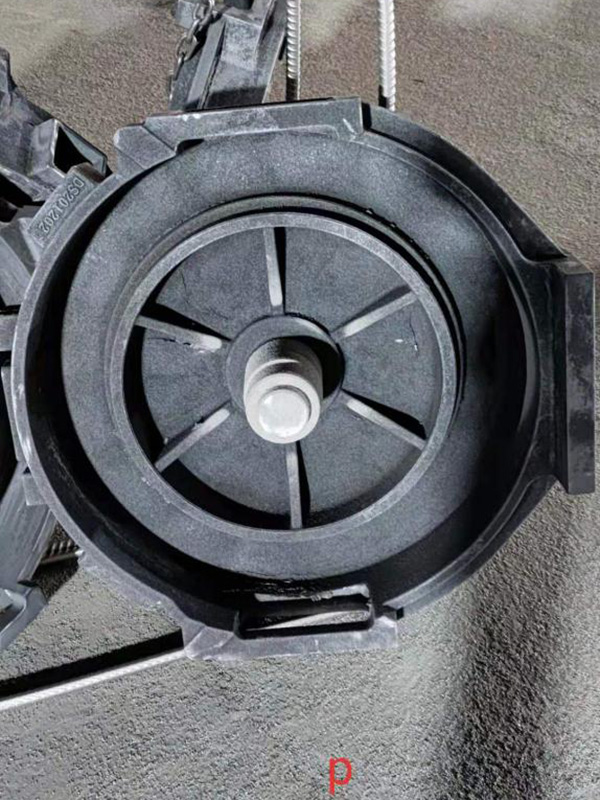The Rise of Sand 3D Printing Transforming Industries
In recent years, the advent of 3D printing technology has revolutionized the manufacturing landscape, offering innovative solutions that enhance efficiency, customization, and sustainability across various sectors. Among the several methodologies that have emerged, sand 3D printing stands out as a groundbreaking technique, particularly in the construction and foundry industries. This article delves into the nuances of sand 3D printing, exploring its processes, benefits, applications, and potential for future advancements.
Understanding Sand 3D Printing
Sand 3D printing is a type of additive manufacturing that primarily utilizes sand as the main material for creating intricate structures or molds. This process typically involves a binder jetting technology, where a liquid binding agent is applied to layers of sand to create solidified shapes. Unlike traditional manufacturing methods, which often involve subtractive processes, sand 3D printing assembles objects layer by layer, resulting in minimal waste and allowing for complex geometries that would be difficult to achieve using conventional techniques.
Key Benefits
One of the most significant advantages of sand 3D printing is its ability to produce highly intricate designs with remarkable accuracy. This precision is particularly valuable in industries such as aerospace and automotive, where components must meet stringent specifications. The versatility of sand printing also extends to the production of complex molds for metal casting, enabling manufacturers to create custom parts on-demand, significantly reducing lead times.
Additionally, sand 3D printing is more environmentally friendly compared to traditional methods. Conventional foundry processes often generate substantial waste and require extensive energy consumption. In contrast, sand 3D printing minimizes material waste, as excess sand can often be reused in subsequent prints. Moreover, by allowing for local production, this technology can help reduce carbon emissions associated with transportation.
Applications Across Industries
The applications of sand 3D printing are diverse and expanding rapidly. In the foundry industry, it has revolutionized the production of sand molds for metal casting. Manufacturers can now create complex geometries without the need for expensive tooling, which not only saves costs but also allows for rapid prototyping and experimentation with mold designs.
sand 3d printing

In the construction sector, sand 3D printing has shown tremendous potential for creating sustainable building structures. Companies are exploring the use of sand as a primary material in constructing homes, which could lead to reductions in construction waste and improved sustainability. Projects like the 3D-printed house have garnered attention worldwide, demonstrating how this technology can contribute to affordable housing solutions.
Furthermore, the architecture and art sectors are utilizing sand 3D printing for creating intricate sculptures and design elements. Artists and architects are taking advantage of the technology’s ability to produce complex forms that were previously unattainable, encouraging creativity and innovation in their designs.
Challenges and Limitations
Despite its transformative potential, sand 3D printing does face several challenges. One significant hurdle is the initial cost of the technology, including the printers and materials needed for high-quality output. Small and medium-sized enterprises may find it difficult to invest in such advanced equipment, potentially limiting broader adoption.
Additionally, the ecological impact of sourcing raw sand needs to be considered. While the technology promotes recycling of materials, the extraction of sand for 3D printing can lead to environmental degradation if not managed responsibly. Sustainable sourcing practices must be developed as the industry grows.
The Future of Sand 3D Printing
As technology continues to advance, the future of sand 3D printing appears promising. Research and development efforts are focused on improving printing speeds, material properties, and integration with other manufacturing technologies. The potential for hybrid manufacturing, where 3D printing is combined with traditional methods, could pave the way for more efficient production processes.
In conclusion, sand 3D printing represents a significant innovation in the realm of additive manufacturing. With its ability to create complex structures, reduce waste, and promote sustainability, it is poised to transform industries ranging from automotive to construction and beyond. As advancements continue to unfold, sand 3D printing will likely play an integral role in shaping the future of manufacturing, offering exciting possibilities for engineers, architects, and manufacturers alike.
Post time:ኅዳር . 27, 2024 00:14
Next:Exploring Innovations in Lost Foam Casting Techniques for Enhanced Metal Pouring Efficiency
